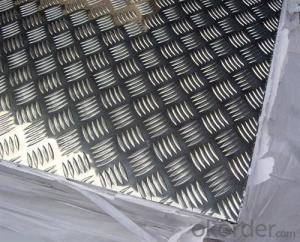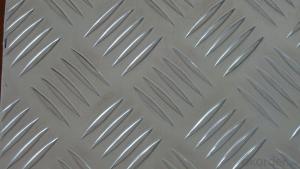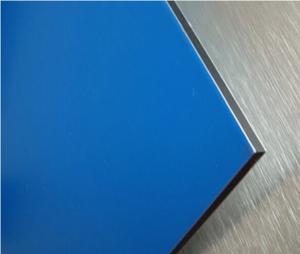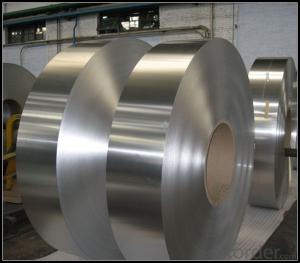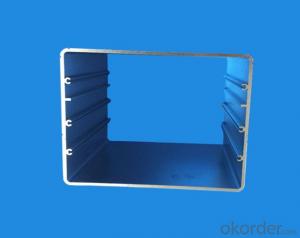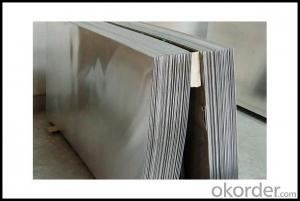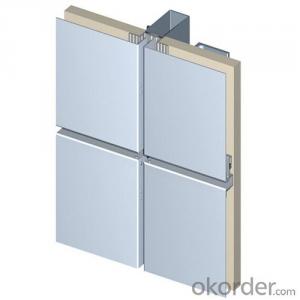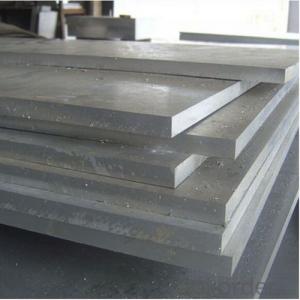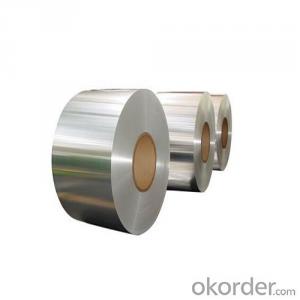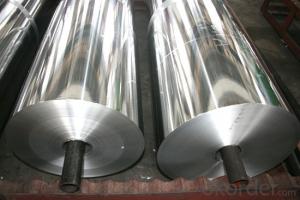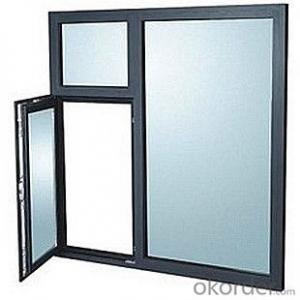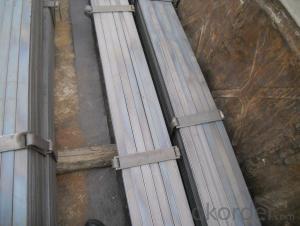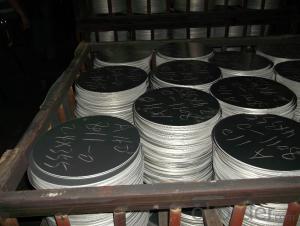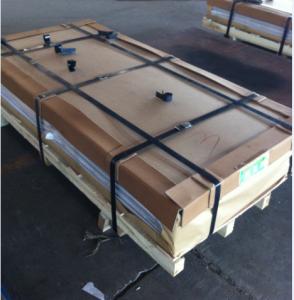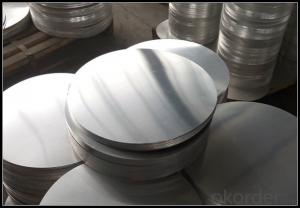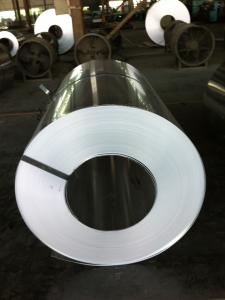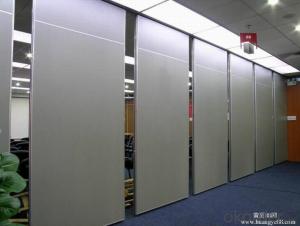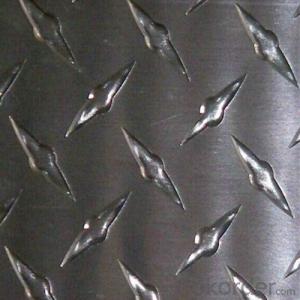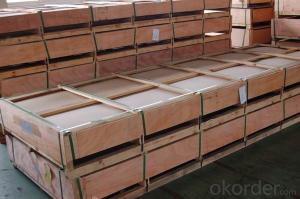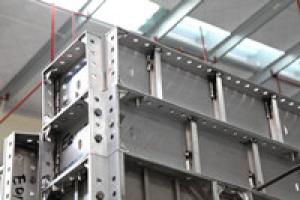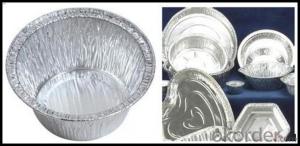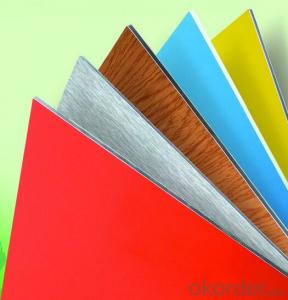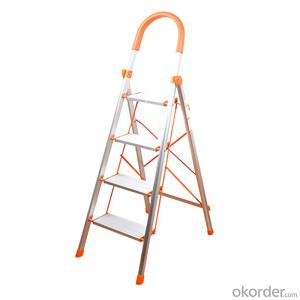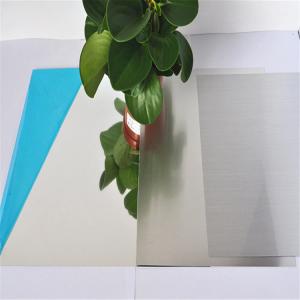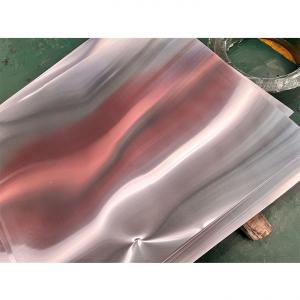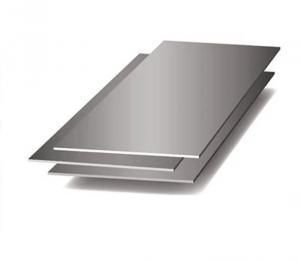1 4 Inch Thick Aluminum Plate
1 4 Inch Thick Aluminum Plate Related Searches
1 4 Thick Aluminum Plate 1 4 Inch Aluminum Plate 1/4 Inch Thick Aluminum Plate 1 Inch Thick Aluminum Plate Aluminum Plate 1/4 Inch Thick 1 4 Aluminum Plate 3/4 Inch Thick Aluminum Plate 1/4 Thick Aluminum Plate Aluminum Plate 1 Inch Thick 3 4 Thick Aluminum Plate Aluminum Plate 1/4 Thick 4 Inch Aluminum Plate 1 Thick Aluminum Plate 3/4 Thick Aluminum Plate 1/4 Inch Aluminum Plate 1 4 Inch Aluminum Diamond Plate 4 X 8 X 1 4 Aluminum Plate Aluminum Plate 1 2 Inch Thick 3 4 Inch Aluminum Plate 1 8 Inch Thick Aluminum Plate 1 Inch Aluminum Plate 1 4 In Aluminum Plate 1 2 Thick Aluminum Plate 4 Mm Aluminum Plate 4 X 4 Aluminum Plate 1 4 Inch Aluminum Plate Weight 3/4 Inch Aluminum Plate 1/4in Aluminum Plate 4 Aluminum Plate 1/8 Inch Thick Aluminum Plate1 4 Inch Thick Aluminum Plate Supplier & Manufacturer from China
1 4 Inch Thick Aluminum Plate, a robust and versatile material, is widely recognized for its exceptional strength and durability. This high-quality aluminum plate is available in various grades, such as 6061, 7075, and 2024, catering to different industrial needs. It is known for its excellent resistance to corrosion, making it a popular choice in various sectors.The 1 4 Inch Thick Aluminum Plate is extensively used in a multitude of applications, including construction, aerospace, automotive, and marine industries. Its lightweight nature, coupled with high strength, makes it ideal for structural components, aircraft parts, and even in the manufacturing of boats and ships. Additionally, it is utilized in the production of various machinery and equipment, where its heat resistance and electrical conductivity are highly valued.
Okorder.com is a leading wholesale supplier of 1 4 Inch Thick Aluminum Plate, boasting a vast inventory to cater to the diverse requirements of clients worldwide. With a commitment to quality and customer satisfaction, Okorder.com ensures that the aluminum plates are sourced from reputable manufacturers and are available at competitive prices. This makes it a reliable choice for businesses seeking to procure high-quality aluminum plates for their projects and operations.
Hot Products
